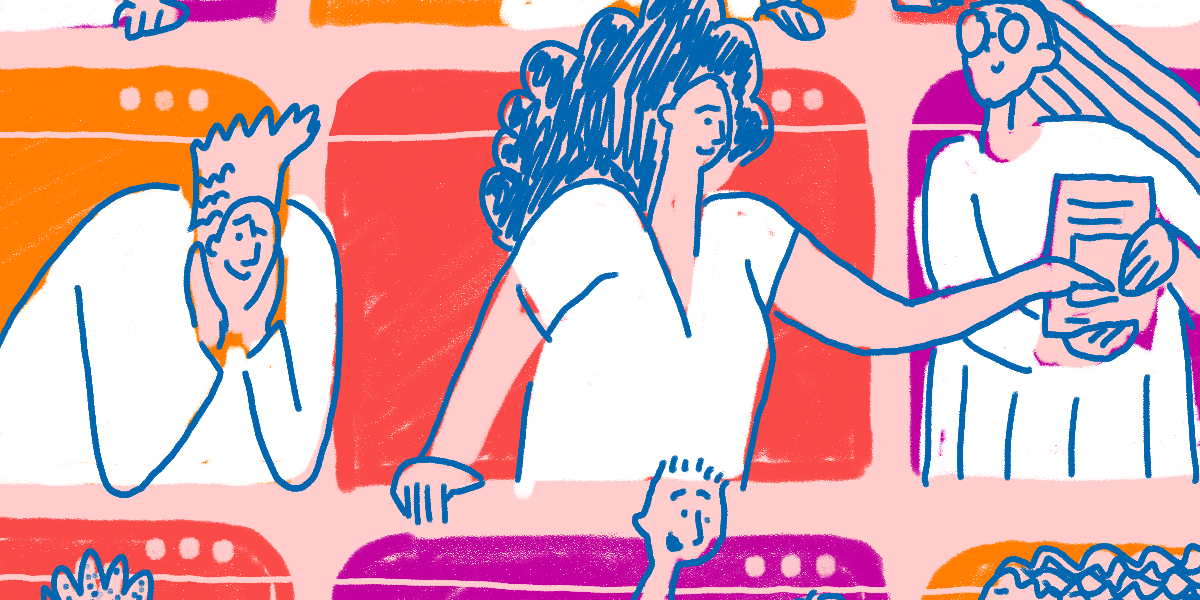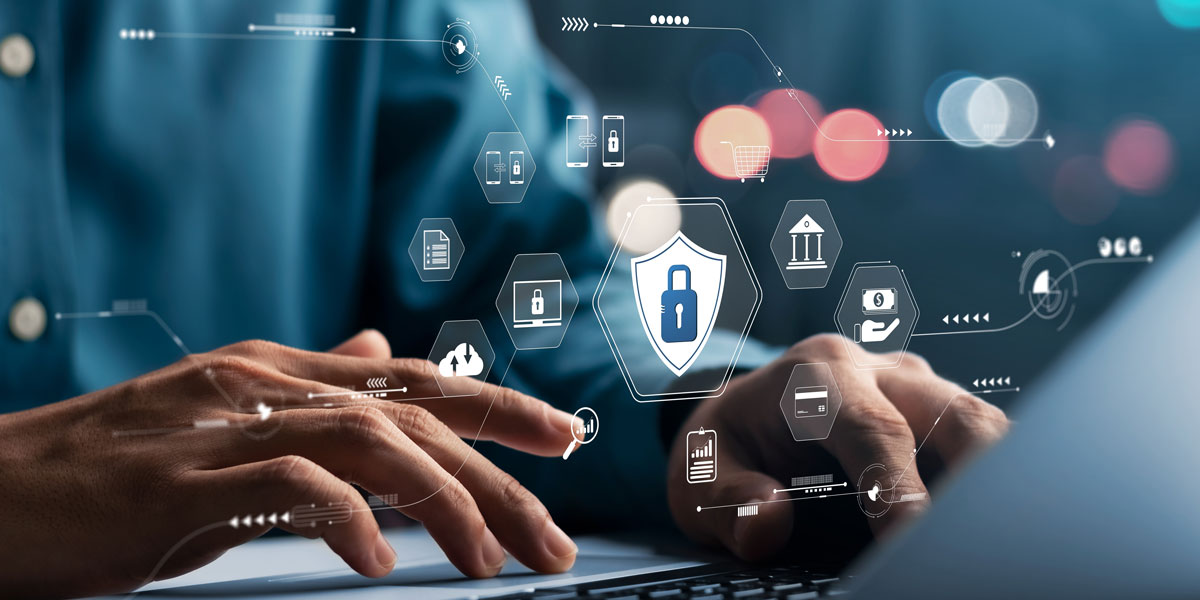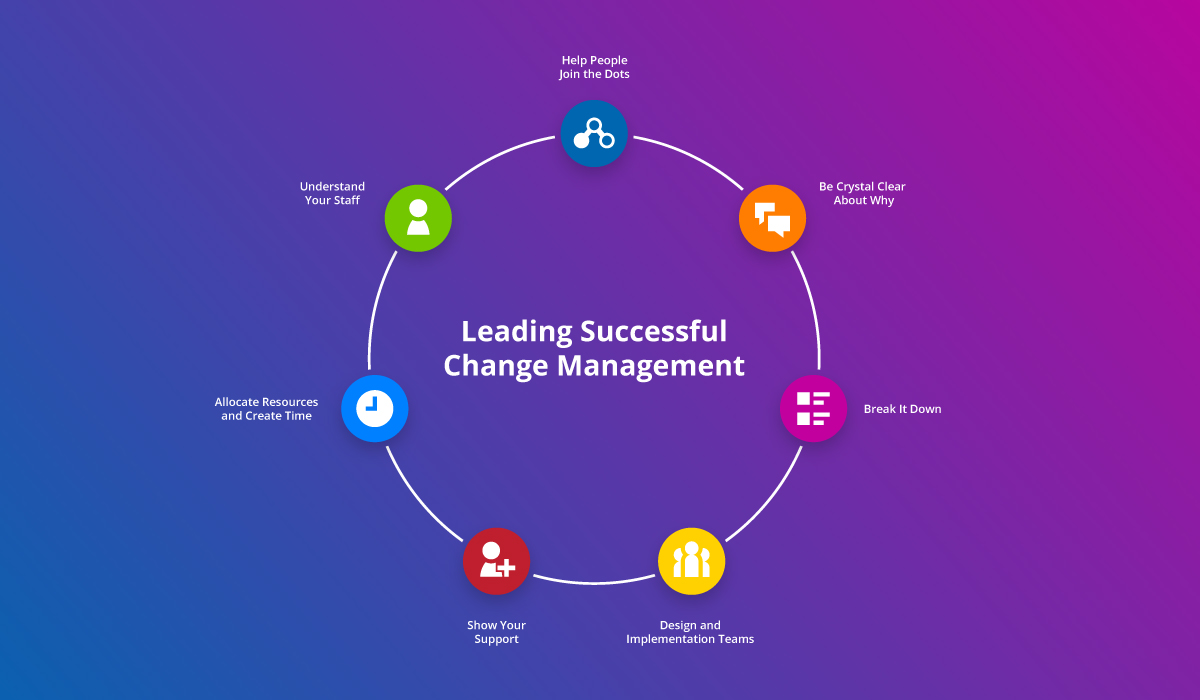It’s hard to deny that the landscape of education has shifted massively since the 2020 pandemic. The requirement for educators and students to be engaged, adaptable, self directed, and enthused when faced with the reality of remote learning has been crucial. We’ve all learnt so much about how we are as learners and what it is that excites us.
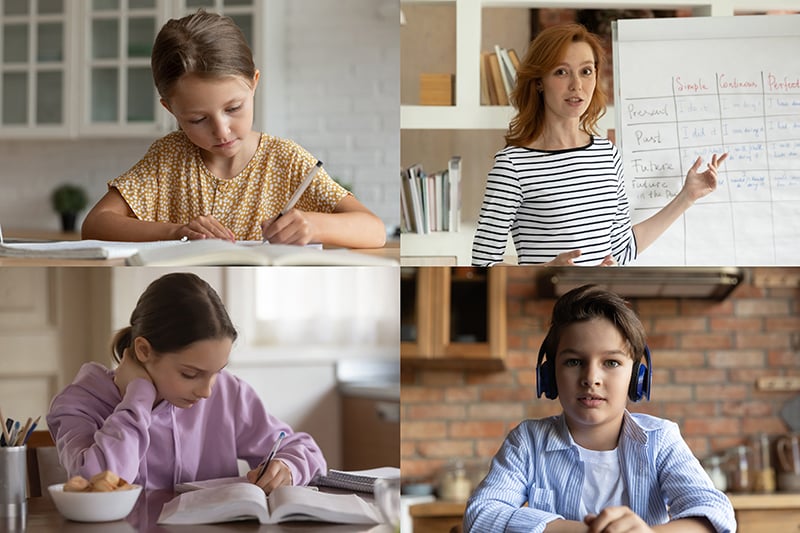
As we approach the aftermath of remote and flexible learning, the impact on student engagement is important to ascertain. So, what is the impact of remote learning on student engagement?
I know I can—we’re all in this together
One key finding identified in ‘post-remote learning’ is the fact that while remote learning helped some students thrive, others switched off entirely.
A theme which was recognised however was that the students who found remote learning to be enjoyable and easy to follow, were generally the high ‘academic’ achievers. They enjoyed the opportunity to self direct their learning, choose when to do what, and use digital platforms to record and track their understanding.
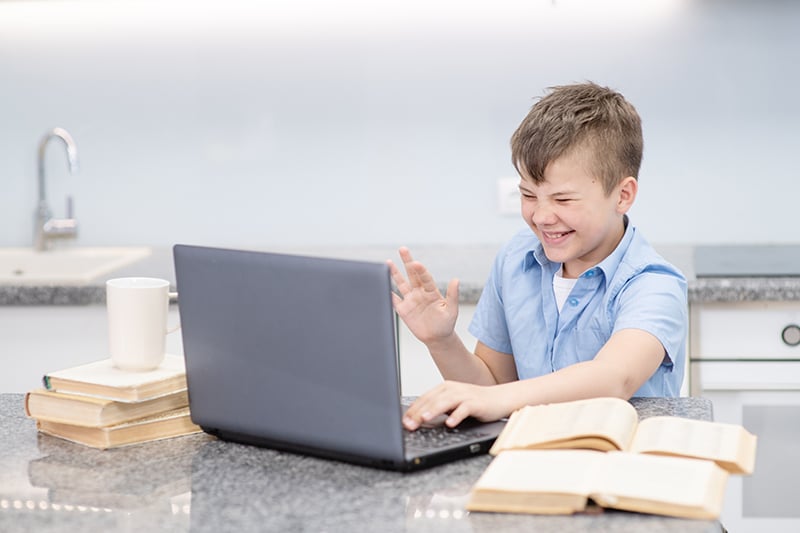
Conversely, those who might be perceived to struggle with learning from the curriculum, or had other barriers to their learning or identified learning needs, didn’t.
In order to support those who became disengaged, educators attempted to generate digital learning environments where feedback was encouraged and connection was maintained. For instance, with an online learning environment like Schoolbox, teachers were able to create personalised spaces for classes, ensuring they have the ability to closely replicate the classroom structure. Educators also used contemporary digital tools offered by Schoolbox such as social stream, forums or even direct message via teacher profiles, to allow dialogue to occur between all class members, helping to normalise some of the issues students might have encountered. There is nothing more powerful than seeing a student raise a concern about learning and, instead of a teacher, witnessing a peer demonstrate empathy with a simple ‘yeah, that’s how I felt about it’.
We all learn differently—meeting the needs of the individual
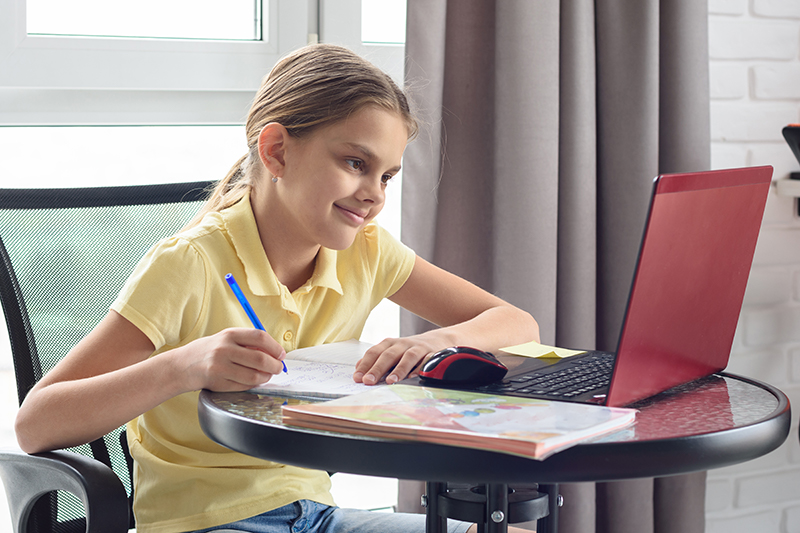
Catering for the learning needs of different students is always at the forefront of a teacher’s mind. How they engage a student who learns best visually, aurally, or kinaesthetically, is a consideration when designing learning. Having an online platform that allowed for multiple modes of delivery during remote learning assisted greatly. This meant that if a student finds it easier to watch a teacher recorded instruction, they could. If they preferred simply listening to the instruction by clicking on an audio recording created and stored within the platform, they could. Or, if their preference is to learn by doing, the teacher could present instructional resources which allowed them to model and share.
Remote learning reaffirmed that recognising these different approaches to learning and pedagogy helps provide the students with a feeling of choice. This ensures an approach to differentiation which isn’t simply about adapting the actual content but instead thinking creatively about the mode of delivery.
Giving students a voice
Another observation, a positive impact in fact, about student engagement post remote learning has been the amplification of student voice. An example of this would be the way quieter students have been shown to stand up and share their thinking much more regularly. This could simply be as a result of the removal of the traditional pressures that come with being in a physical classroom environment. Peers looking at you. Audible sniggers. Regular interruptions for the same students. The fear of being ‘wrong’. All of this has been washed away. This positive impact raises the question, how can we maintain this sense of empowerment in the classroom?
Going back into the classroom, using collaborative tools within the Schoolbox platform has proved to enable the continuation of this transformation. Teachers can ensure each student uses their voice when discussing learning. This means not simply using the call and response approach to classroom discussion but instead thinking carefully about how other approaches can be used and captured. This is a shortcut to engaging pupils as when a student feels their voice is heard and they can have a valued contribution, they are keen to take their understanding further.
Learning can happen anywhere—given the right tools
Teachers and educators are by their nature, reflective practitioners. You often hear conversations around schools about how well (or badly) a lesson has gone and what they would do to improve it. Who ‘got it’, and who didn’t. Never before have they been given such an opportunity to witness what engages and enables their students.
Looking back at those students who thrived in remote learning there is now the evidence that supports the notion they have the power and desire to learn in any context and have loved the opportunity to have autonomy in what and how they learn. Perhaps it’s time to let them go in the classroom by enabling them through carefully designed, open ended learning opportunities that encourage them to take ownership and responsibility.
As for the ones who became disengaged and found it easier to opt out, we must now take the time to reflect on the reasons for this, listen closely to their experiences and what they found difficult, and, even more than that, place careful consideration to the ways in which we design learning for them in the classroom and how we can ensure they feel supported.
Whatever the challenge or opportunity which is faced by school following remote and flexible learning, with the right tools, you can support each and every student.
The education consultants at Schoolbox are here to assist with any concerns or changes you may need to make at your school. Get in touch today.
Chris Durante is a Territory Manager at Schoolbox and has been a classroom practitioner and eLearning leader in schools for over 30 years. Passionate about delivering quality teaching and learning, Chris is committed to finding innovative EdTech solutions to lead overall school improvement for staff, students, parents and the wider school community.
